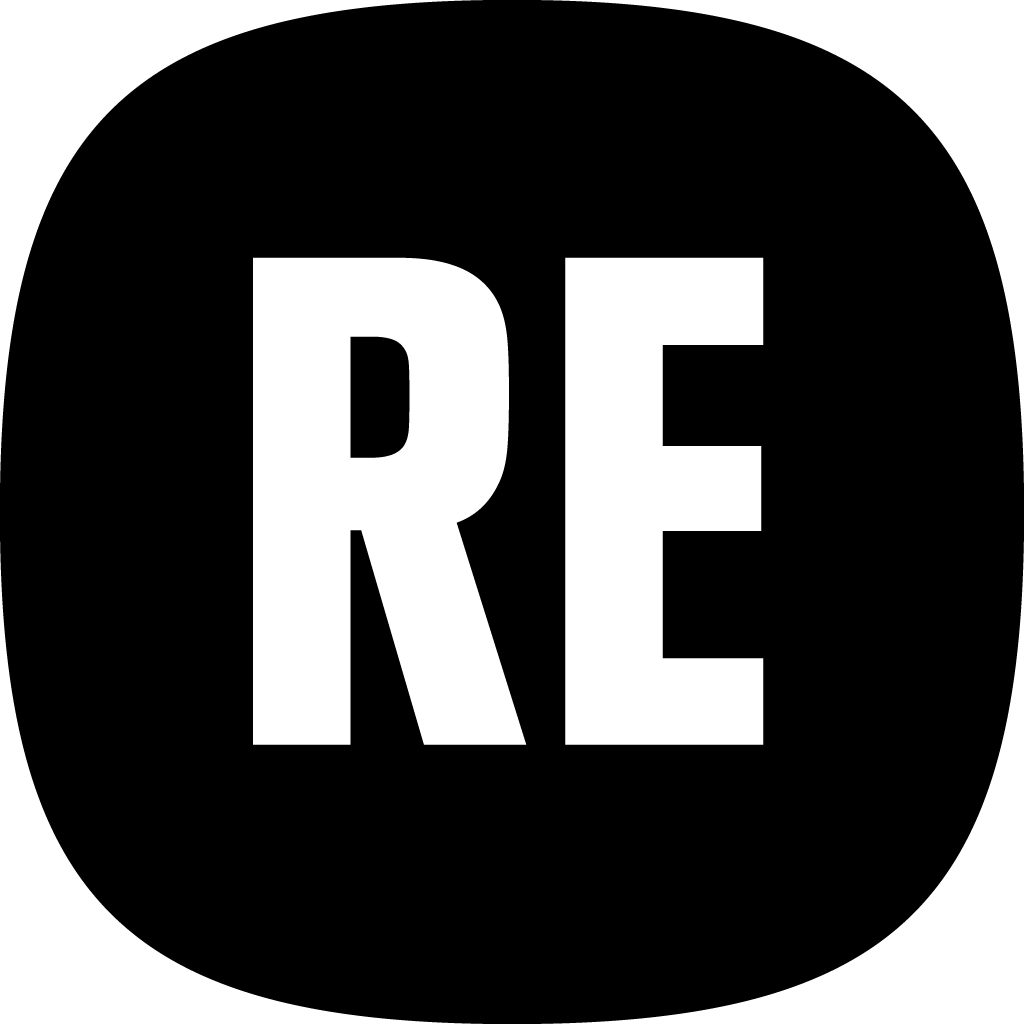Second Generation Living Labs Identikit: Pinacoteca e Museo Civico di Palazzo Minucci Solaini
The third institution part of RECHARGE NEXT is Pinacoteca e Museo Civico di Palazzo Minucci Solaini, introducing their business model to raise awareness on the heritage of Volterra and its surroundings
-------------------------------------------------------------------------------------------------------------------------------------------------------------------------------------------------------------
Name of the institution: Pinacoteca e Museo Civico di Palazzo Minucci Solaini
Based in: Via dei Sarti 1, 56048, Volterra, Italy
Mission: The Pinacoteca and Museo Civico of Palazzo Minucci Solaini originated in 1842 and since its origins has been the treasury of works of art from churches in Volterra that no longer exist or have been abandoned. Its first collection dates back to 1868 and has been increasingly enriched over the years thanks to the agreement between religious bodies and the Municipality of Volterra, thus showing itself to be a noble example of a cultural institution that has managed to build a collaboration agreement between public institutions for the valorisation of ancient art. The works of art preserved from the Middle Ages and Renaissance to the modern age are painted by many of Tuscany's leading painters such as: Taddeo di Bartolo, Luca Signorelli, Ghirlandaio and Rosso Fiorentino with the most representative work of his painting career: The Deposition. The mission of Pinacoteca is preserve the works of art of Volterra and promote it. Moreover, the Pinacoteca of Volterra houses the Volterra Albaster Ecomuseum, part of a museum spread throughout the territory of the Province of Pisa that involves the main local realities linked to this craft and artistic tradition.
Business model idea: Pinacoteca of Volterra is one of Tuscany's art galleries that, although it registers one of the highest tourist numbers, does not see a regular presence of Volterra citizens and the possibility for them to experience it beyond its museum function. Our goal is to promote projects that aim at the active and direct involvement of citizens, both through co-designed activities with local associations and artists, and through the structuring of an advisory board that in the long term can help the management of the Art Gallery, through the sharing of material and immaterial resources, to plan and develop activities to enhance, protect and raise awareness on the historical-artistic heritage of the Art Gallery and of the Volterra area, and to implement cultural actions at the national and international level. For this reason, we believe that the Community Crowdsourcing Model, is the PCBM that can best respond to the CHI challenge, because it can help transform the Art Gallery from an exclusively exhibition centre, dedicated to the study of works of art, to a hub for Volterra culture, a propulsive place of ideas and concepts that can develop knowledge and creativity, especially of young people. We also believe that, by applying this approach, the CHI will potentially have an increase in the number of visitors, including more fragile social categories, have a better sustainability of cultural projects in terms of available financial resources, ideas, services and models for developing and structuring cultural programming capable of addressing specific issues and responding to multiple interests.
Over the past year Pinacoteca and Museo Civico of Volterra wanted to redefine their nature: from a predominantly tourist place to an open, inclusive and vital urban cultural entity at the service of citizens, a place capable of intercepting and enhancing the cultural ferment "from below", and, at the same time, to forge links with other museum entities in the area. To respond to this desire, the Cultural Heritage Istitution (CHI) see the Recharge Next project as an opportunity to continue the participatory process, launched in 2023 called "Se dico Museo, dico Volterra (If I say Museum, I say Volterra)", and so, to promote a collaborative environment in which cultural institutions and the local community can co-create innovative services with which to build new program for the cultural institution. In this way the project aims to unlock unused local resources and know-how in the cultural heritage sector, creating a new place-based cultural ecosystem capable of strengthening the link between the Museum and the territory. A place that could be identified by citizen like an house of creativity for enhance their knowledge, culture, well-being and being co-author for a new cultural offer.

Share